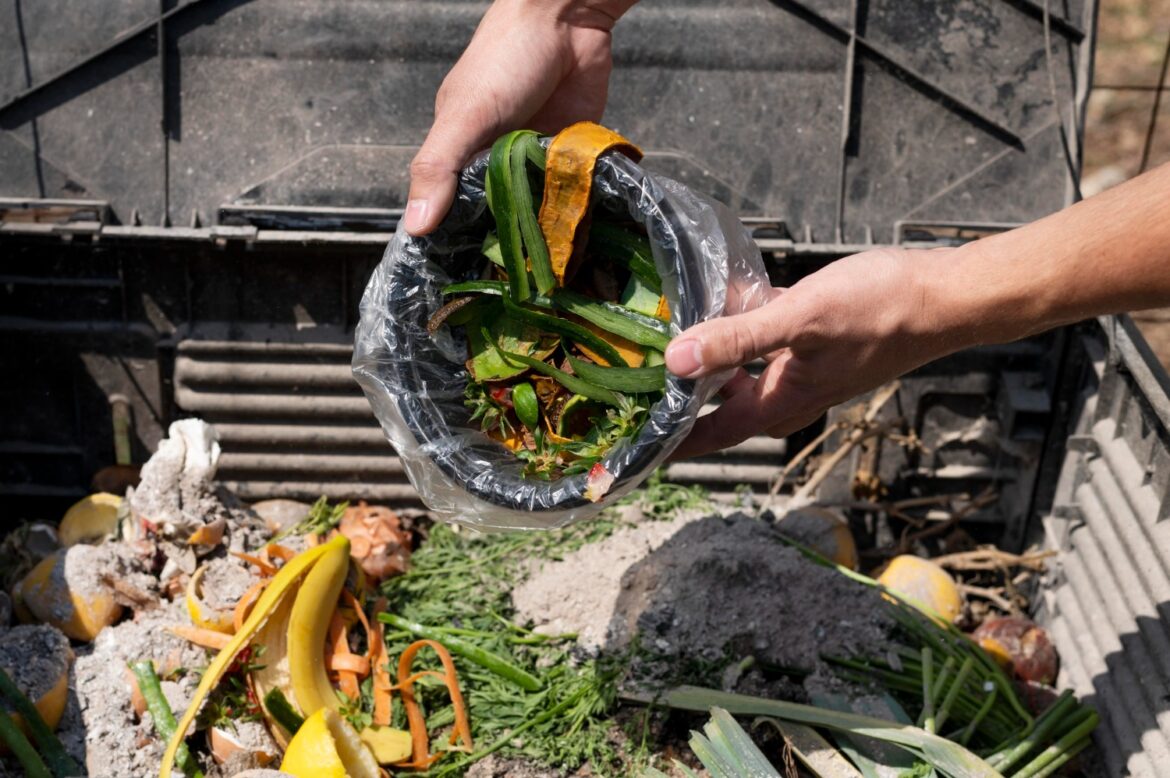In recent years, food production and availability challenges have multiplied in the MENA, driven by a number of crises. Climate change, the COVID-19 pandemic, and the Russia-Ukraine war have all depleted countries’ resources to varying degrees and resulted in agricultural labour shortages.
Yet, at a time when the region is suffering from severe shortages in the availability of food and regional rates of hunger range from moderate to severe, food waste remains high, creating further imbalance.
Food import disruptions
As the world set out on recovery from COVID-19, which had already caused widespread supply chain disruptions and worsened food insecurity, Russia invaded Ukraine, triggering a domino effect.
In 2022, for example, the United Nations Food and Agriculture Organization (FAO) highlighted the Russian Federation and Ukraine as important players in three main markets: food, fuel, and fertiliser.
And indeed, with Russia and Ukraine responsible for nearly a third of the world’s wheat and barley exports and around 15 per cent of corn, the outbreak of the war significantly disrupted grain imports.
In fact, 50 countries depend on the Russian Federation and Ukraine for at least 30 per cent of their wheat imports, including a number of MENA countries, meaning the region was significantly affected.
Russia is also the top exporter of nitrogen fertilisers, the second largest exporter of potassium fertilisers, and the third biggest exporter of phosphorous fertilisers, resulting in disruption across global agricultural markets, and while fertiliser prices have fallen in subsequent years, they remain high.
This has all had a knock-on effect on food prices.
During March 2022, for example, the FAO Food Price Index reached its highest level since its establishment in 1990, reaching 160 points. This resulted in the FAO Global Food Import
Financing Facility (FIFF), an instrument aimed at protecting low- and middle-income countries from the shocks of high food prices.
The importance of reducing food waste
Against this backdrop of crisis, there is a renewed focus on the importance of conserving resources and curbing food waste.
Globally, the world wastes or loses over a third of food a year, with the Middle East in particular having some of the highest rates globally.
During religious periods and holidays, food waste skyrocket. For example, the holy month of Ramadan sees the food waste figure rise even higher, with between 25 and 50 per cent of prepared food wasted.
How is food wasted?
However, it’s important to note that food waste occurs throughout each stage of production, even before it reaches the consumer.
Globally, approximately 15 per cent of food produced doesn’t make it off the farm. In the harvest stage, this can be down to crop damage, or poor storage, where inadequate storage facilities cause deterioration in quality and facilitate the spreading of pests.
Later, poor methods deployed during processing and packaging can result in spillage, damage or contamination of food.
Further losses are made during transportation and distribution, all the way to the retail and wholesale markets, where poor infrastructure and handling result in damage to crops and products.
The final stage takes place in hotels, restaurants and homes, responsible for around 17 per cent of food loss and waste (FLW). At this stage, a number of factors are to blame, from lack of education and improper storage to overbuying and large portions.
In fact, in total, food loss and waste amount to 250 kg per capita in the Near East and North Africa (NENA) region, which represents more than a staggering 60 billion US dollars annually, according to FAO estimates.
Further, despite the region depending on imports to meet more than 50 per cent of its food needs, it loses around a third of this to FLW.
This includes between 14 and 19 per cent of grains, 26 per cent of all fish and marine foods, 13 per cent of meat and 45 per cent of all vegetables and fruits.
Overall, nearly two-thirds of food is lost during the production, processing, preparation and
distribution of food, and a third of it is wasted at the consumer level.
According to the 2021 UNEP Food Waste Index Report, globally this contributes to 8-10 per cent of greenhouse gas emissions.
Hunger increases in parallel
Despite these high FLW levels, at the global level, roughly three billion people are unable to afford a healthy diet. Further, in the MENA, on average, nearly one in five children is stunted and the average wasting rate sits at 7 per cent.
This aligns with FAO data released last year, which highlighted that in 2022, the number of undernourished people in the region reached 59.8 million. This represents 12.9 per cent of the total population, significantly above the global average of 9.2 per cent.
This number also represents an increase of 75.9 per cent since 2010, and in countries experiencing conflict, undernourishment rates are even higher – by four times.
Acute food insecurity, meanwhile, affects 61.0 million people in the region, with 170.1 million affected by moderate or severe food insecurity.
Driving forward food waste solutions
Ultimately, food waste is part of a connected cycle that threatens the MENA’s food security.
Finding solutions here is a crucial part of improving food availability and access, alleviating the
increasing strain on resources and tackling the climate crisis.
Regionally, we have seen a number of initiatives, pledges and policies aimed at tackling food waste through awareness and education.
This includes UAE’s nationwide action plan aimed at reducing food waste by 50 per cent by 2030, and regional initiatives such as ne’ma. Similar initiatives and policies have been implemented in Jordan, Saudi Arabia, Egypt, and beyond.
Meanwhile, in the private sector, we have seen the power of partnership in uniting different parts of the supply chain, with food banks teaming up with tech companies and hotels, and food innovators upcycling ingredients.
However, to cut food waste in half by 2030, reduce emissions and combat food insecurity and hunger in the region, this impact needs to scale further and behaviour patterns must shift.



